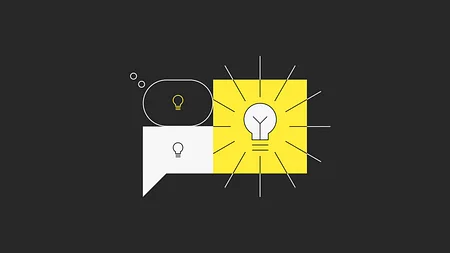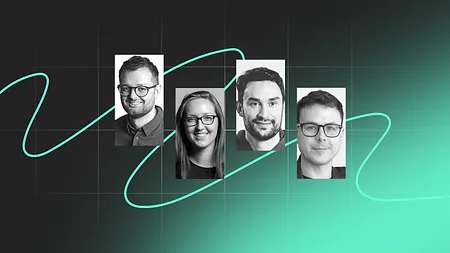5 considerations for the future of Islamic banking

Guest author Nahim Bassa shares his thoughts on the future of Islamic banking.
Islamic banking has grown steadily over the last 50 years, with over 100 Islamic financial institutions globally at present! Recently, developments in the UK have seen a wave of new Islamic fintechs such as Wahed, Kestrl, Nomo and Alif. They’ve also risen from the US, Malaysia and Kuwait, indicating growing demand and appetite for Islamic banking.
But what exactly is Islamic banking? Often the term ‘Sharia-compliant’ is used to denote the ethical and transparent standards demanded of classifying the products and services offered as Islamic. Islamic banking is interest-free, assets-based and ethically driven at its core and has many similarities with other religions. On the other hand, commercial banks are interest-based and don’t have many rules about which industries they support or invest in – such as gambling and alcohol.
Islamic banking is interest-free, assets-based and ethically driven at its core and has many similarities with other religions.
Islamic finance customers
In Islamic finance, money is a liquid instrument meant as the medium of exchange rather than the commodity itself. The real difference to commercial banking comes in the form of how a customer is viewed. In this sense, it’s more holistic and partnership-based rather than judging someone’s creditworthiness. Islamic banking promotes an asset-based relationship, extending beyond the typical ‘credit check’ and into advising and evaluating the fit for the customer. This may mean stringent or better standards than traditional financing models, which has generally led to lengthier processing of Islamic finance applications.
However, the advent of financial technology has revolutionised this aspect of the financial services value chain. At the same time, an increase in customers demanding to know how and where their money is being used or invested has resulted in an explosion of demand for Islamic fintech products and solutions.
5 steps to growing the space
So what does the future of Islamic banking look like and how do we get there? Firstly, regulators around the globe – in Africa, Asia and the UK - are more open to the concept, with a range of banking licenses issued for Islamic fintechs. However, there’s also a need to better understand the requirements of a Sharia-compliant bank. This will mean a Sharia board composed of Islamic scholars.
there’s also a need to better understand the requirements of a Sharia-compliant bank.
Secondly, standard banking regulations also need to be adhered to, which comes with its own rules and regulations. So, to be Shariah-compliant, the business has to be robust operationally and require deep knowledge and expertise.
Thirdly, global trends such as open banking introduce a level of transparency and justice into the financial system. This creates diversity in offerings, especially among younger generations keen to see their money supporting environmental, societal and governance (ESG) causes in their communities.
Fourthly, Islamic banking is expected to play a prominent role in Sukuk offerings – financial products whose terms and structures comply with Sharia to create returns similar to conventional fixed-income instruments like bonds.
Lastly, Islamic finance is currently valued at around $2.4tn and is expected to grow steadily by 10-12% over 2021 and 2022. It’s traditionally been an underserved customer segment by incumbent banks, creating an opportunity for new entrants.
The space for innovation and investment in this space is clear. What remains is the need to follow Sharia-compliant requirements in order to see the sector reach its full potential.



